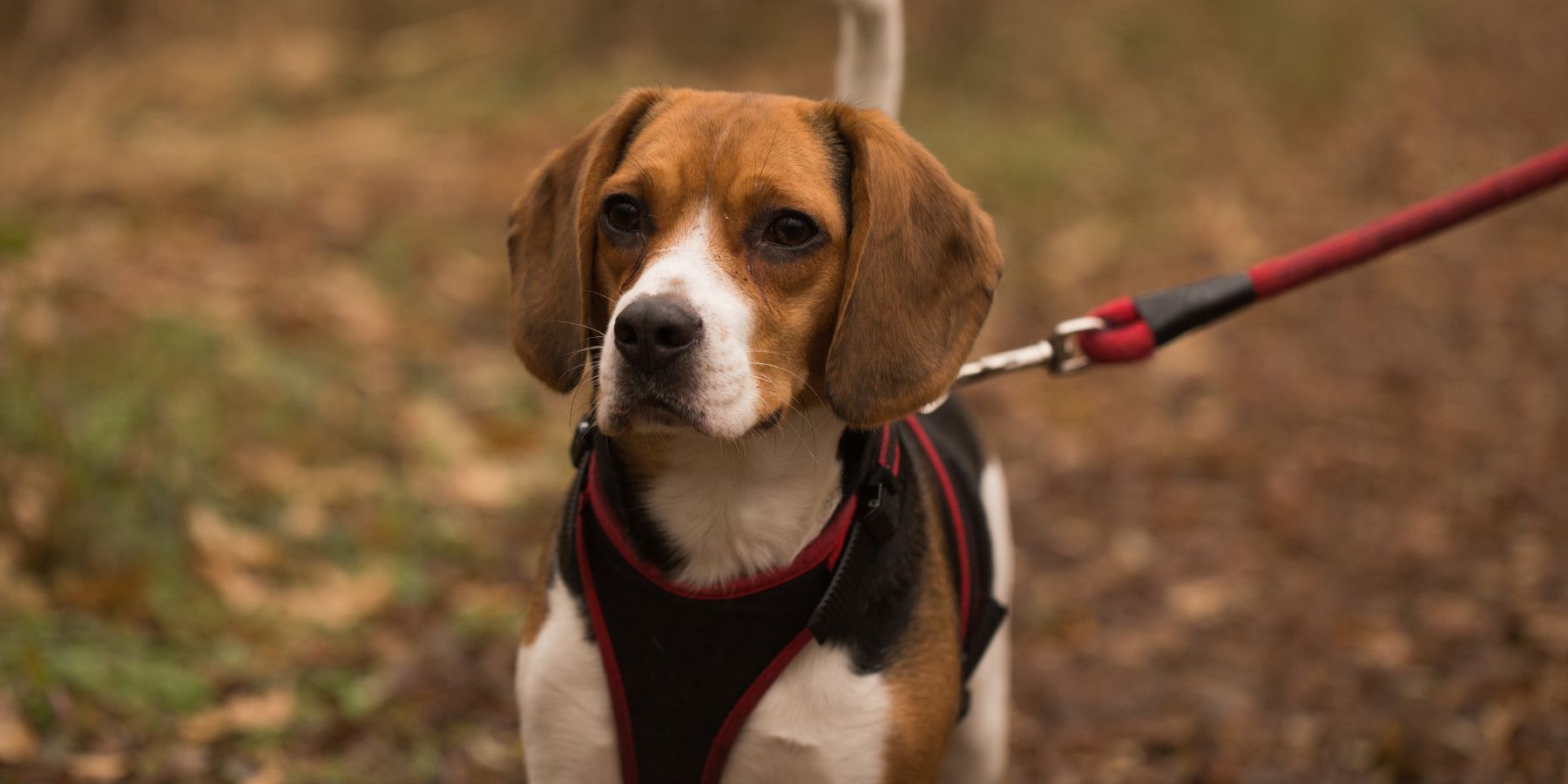Ensuring a proper fit for your dog's harness is crucial for their comfort, safety, and the effectiveness of the harness during walks and training sessions. A Y dog harness, known for its distinctive Y-shaped design that offers better control and comfort, is a popular choice among dog owners. This guide will walk you through the steps of correctly fitting a Y dog harness and provide tips to ensure that your furry friend is both secure and comfortable.
Understanding the Y Dog Harness
The Y dog harness wraps around your dog’s chest and back, with a Y-shaped design over the chest. This design is preferred for its distribution of pressure, which can be more comfortable for the dog and offer better control for the owner.
Step-by-Step Guide to Fitting a Y Dog Harness
Step 1: Choose the Right Size
Before you even start the fitting process, make sure you have the right size harness for your dog. Measure your dog’s chest girth, which is the widest part around their ribcage, and refer to the sizing chart of the harness. It’s crucial to select a harness that matches these measurements to ensure a good fit.
Step 2: Introducing the Harness
If your dog is not used to wearing a harness, let them sniff and explore the y dog harness first. You can encourage them with treats to create a positive association with the harness.
Step 3: Adjust the Harness
Before putting the harness on your dog, loosen all the straps. Once you put the harness on your dog, start adjusting the straps for a snug fit. The harness should be tight enough that you can only fit two fingers between the harness and your dog's body.
Step 4: Check the Fit
Once you’ve adjusted the straps, check the fit. The Y part of the harness should sit comfortably on your dog’s chest, not pushing against their throat. The harness should not restrict your dog’s movement, especially around the shoulders.
Step 5: The Two-Finger Rule
A general rule of thumb for checking the fit is the two-finger rule. You should be able to slide two fingers under any part of the harness. This ensures that the harness is snug but not too tight.
Step 6: The Final Check
Have your dog walk, sit, and move around in the harness to ensure they are comfortable and the harness stays in place. Watch for any signs of discomfort or the harness shifting out of place.
Tips for a Perfect Fit
Regularly Check the Fit: Dogs can gain or lose weight, so regular checks are necessary to ensure the harness still fits properly.
Look for Signs of Chafing: After walks, check your dog’s skin under the harness for any signs of rubbing or chafing.
Choose Adjustable Harnesses: A harness with multiple adjustable points offers a better fit, accommodating changes in your dog’s size or shape.
In conclusion, fitting a Y dog harness correctly is vital for your dog's comfort and safety. By following these steps and regularly checking the fit, you can ensure that your dog enjoys their walks and training sessions comfortably. Remember, each dog is unique, and what works for one may not work for another, so patience and attention to your dog’s specific needs are key.


